Penske Truck Rental for Amazon: Optimizing Last-Mile Delivery
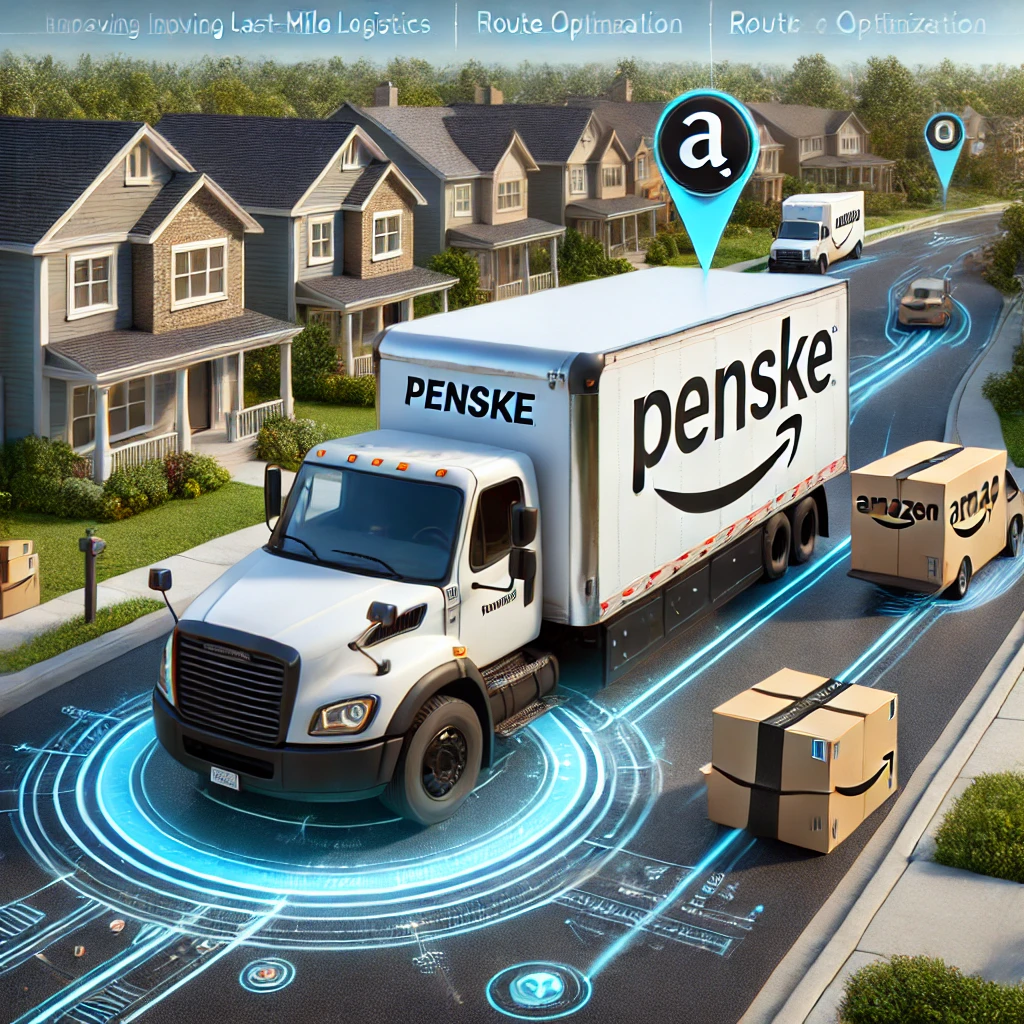
Understanding the Penske-Amazon Partnership
Background
Penske Truck Rental, a subsidiary of Penske Corporation, has been a key player in the transportation and logistics industry for decades. Their partnership with Amazon represents a strategic move to address the growing demands of e-commerce delivery.
Key Aspects of the Partnership
- Fleet Availability: Penske provides a range of truck sizes to accommodate various delivery needs.
- Flexible Rental Options: Options for short-term and long-term rentals to meet fluctuating demand.
- Maintenance Support: Penske’s robust maintenance network ensures vehicle reliability.
- Technology Integration: Seamless integration with Amazon’s logistics systems.
Types of Penske Trucks Available for Amazon Delivery
- Cargo Vans: Ideal for urban deliveries and smaller loads.
- 16-foot Trucks: Suitable for medium-sized loads and suburban routes.
- 26-foot Trucks: Capable of handling larger volumes for busier routes or during peak seasons.
Features of Penske Trucks
- Automatic transmission for ease of use
- Fuel-efficient engines
- GPS navigation systems
- Liftgates on larger models for easy loading/unloading
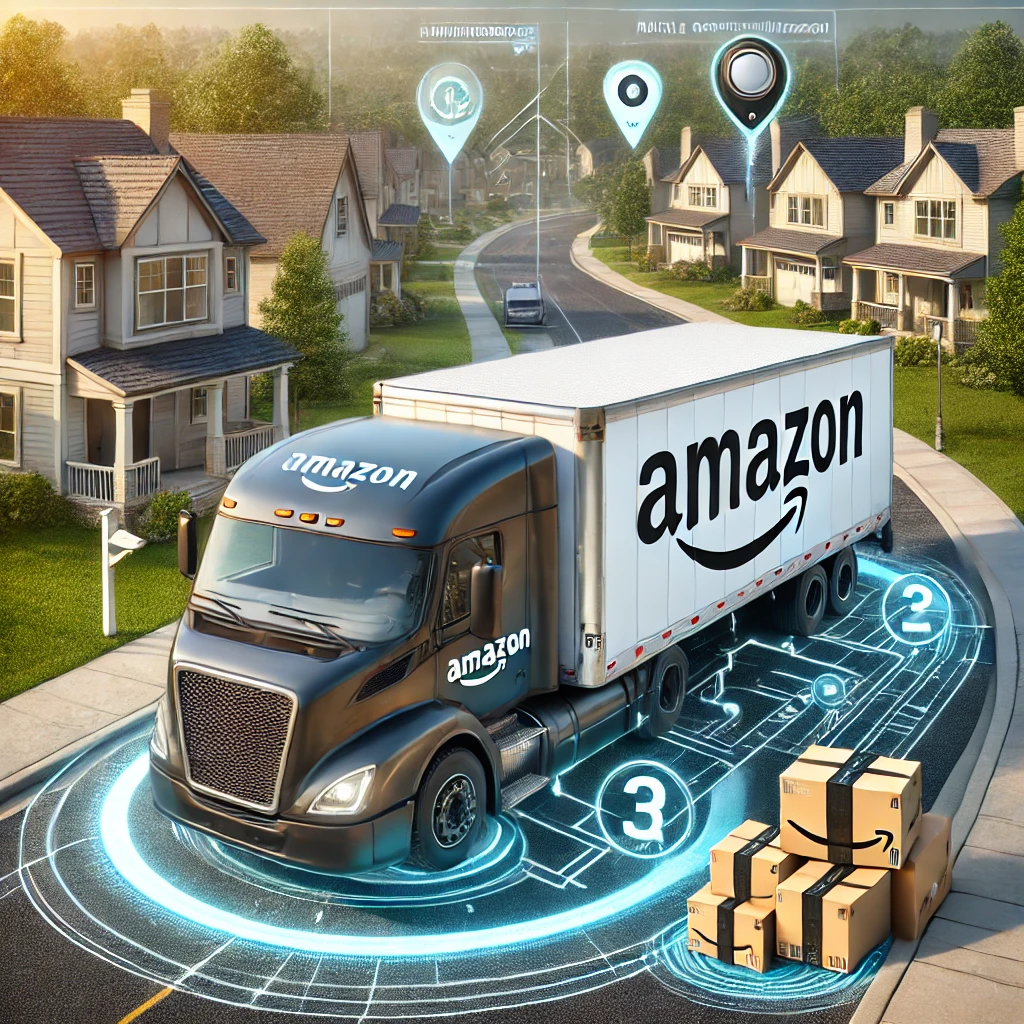
Benefits of Using Penske Trucks for Amazon Delivery
For Amazon Delivery Service Partners (DSPs)
- Scalability: Easily scale operations up or down based on demand.
- Reduced Capital Expenditure: No need to purchase and maintain a fleet.
- Reliability: Access to well-maintained vehicles, reducing downtime.
- Flexibility: Choose the right truck size for each route or season.
For Amazon
- Expanded Delivery Capacity: Ability to meet increasing delivery demands.
- Consistent Brand Experience: Uniformity in delivery vehicle quality and appearance.
- Improved Efficiency: Optimized fleet mix for various delivery scenarios.
- Risk Mitigation: Shared responsibility for fleet management and maintenance.
For Customers
- Faster Deliveries: More efficient last-mile logistics lead to quicker delivery times.
- Improved Reliability: Well-maintained vehicles ensure consistent delivery performance.
- Enhanced Customer Experience: Professional appearance of delivery vehicles.
How to Rent Penske Trucks for Amazon Delivery
For Amazon Delivery Service Partners (DSPs)
- Application Process:
- Register as an Amazon DSP
- Contact Penske through Amazon’s preferred vendor program
- Provide necessary business information and delivery projections
- Vehicle Selection:
- Consult with Penske representatives to determine optimal vehicle mix
- Consider factors like route types, package volumes, and seasonal fluctuations
- Rental Agreement:
- Review and sign rental agreement
- Understand terms, including rental duration, mileage limits, and maintenance responsibilities
- Vehicle Pickup:
- Schedule pickup at designated Penske location
- Complete vehicle inspection and receive operational instructions
- Onboarding and Training:
- Familiarize drivers with vehicle features and Amazon delivery protocols
- Implement any necessary technology integrations
Rental Options
- Short-Term Rentals: Ideal for managing seasonal peaks or testing new routes.
- Long-Term Leases: Suitable for established DSPs with consistent delivery volumes.
- Flex-Fleet Options: Combination of owned and rented vehicles for optimal flexibility.
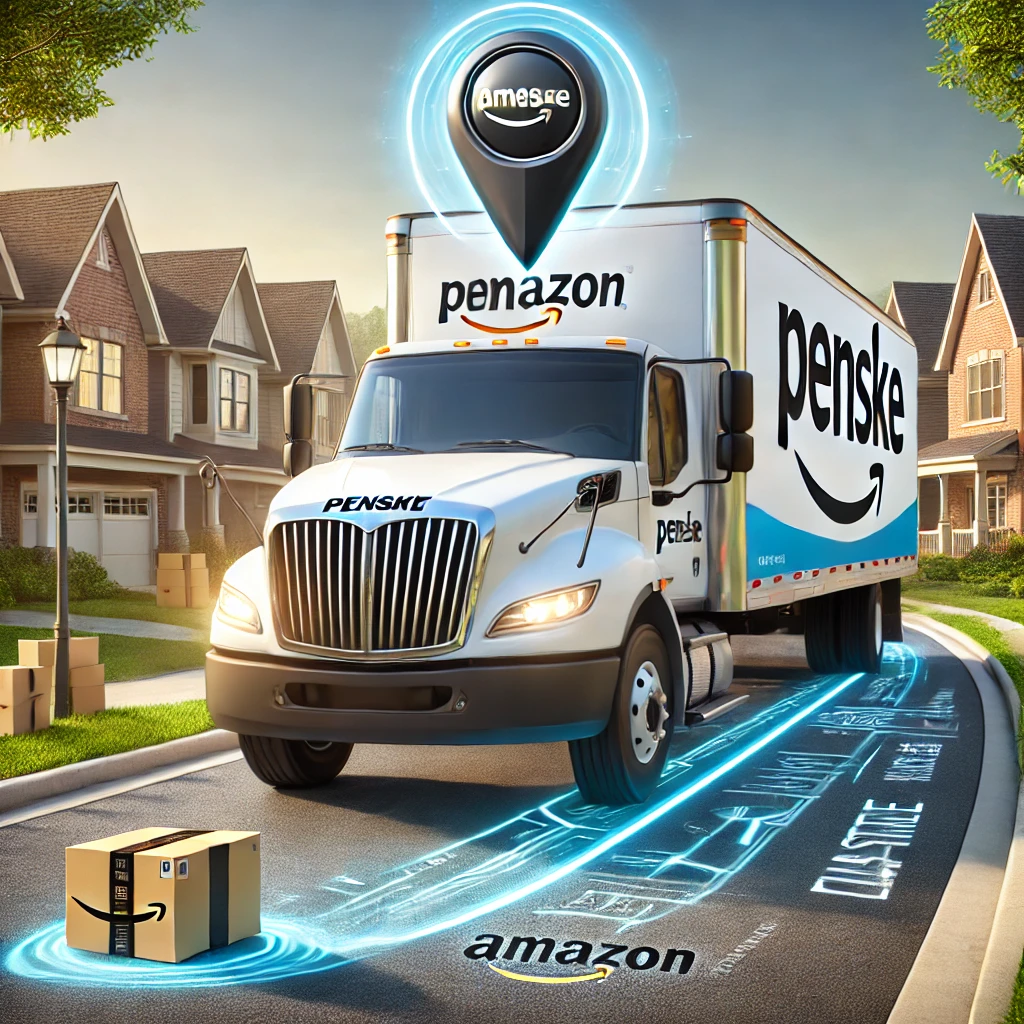
Optimizing Last-Mile Delivery with Penske Trucks
Route Planning and Optimization
- Utilizing Amazon’s Routing Software: Integration with Amazon’s advanced routing algorithms.
- Vehicle-Specific Routing: Tailoring routes to the capabilities of each truck size.
- Dynamic Rerouting: Adapting to traffic conditions and delivery priority changes in real-time.
Loading and Unloading Efficiency
- Strategic Loading: Organizing packages based on delivery sequence and truck layout.
- Utilization of Liftgates: Efficient handling of heavy or bulky items.
- Mobile Scanning Technology: Quick verification and tracking of packages.
Fuel Efficiency and Eco-Friendly Practices
- Fuel-Efficient Vehicles: Penske’s modern fleet offers improved fuel economy.
- Driver Training: Programs to educate drivers on fuel-efficient driving techniques.
- Route Optimization for Fuel Savings: Minimizing unnecessary mileage and idle time.
Maintenance and Reliability
- Preventive Maintenance Schedules: Regular check-ups to prevent breakdowns.
- Quick Response Repairs: Access to Penske’s extensive service network.
- Vehicle Replacement: Rapid substitution of vehicles in case of major issues.
Challenges and Solutions in Penske-Amazon Delivery Operations
Challenge 1: Peak Season Demand
- Solution: Flexible short-term rentals to augment the fleet during high-demand periods.
Challenge 2: Urban Delivery Constraints
- Solution: Utilization of smaller cargo vans for navigating tight city streets and limited parking areas.
Challenge 3: Varying Package Sizes
- Solution: Mixed fleet strategy, using different truck sizes to accommodate diverse package dimensions.
Challenge 4: Driver Familiarization with Vehicles
- Solution: Comprehensive training programs and easy-to-use vehicle features to ensure driver comfort and efficiency.
Future Trends in Penske-Amazon Last-Mile Delivery
- Electric Vehicle Integration: Gradual introduction of electric delivery vehicles to reduce carbon footprint.
- Advanced Telematics: Enhanced data collection and analysis for continual optimization of delivery operations.
- Autonomous Vehicle Testing: Potential piloting of self-driving delivery vehicles in certain markets.
- Drone Integration: Exploring the use of truck-launched delivery drones for rural or hard-to-reach areas.
- AI-Powered Predictive Maintenance: Utilizing artificial intelligence to predict and prevent vehicle issues before they occur.
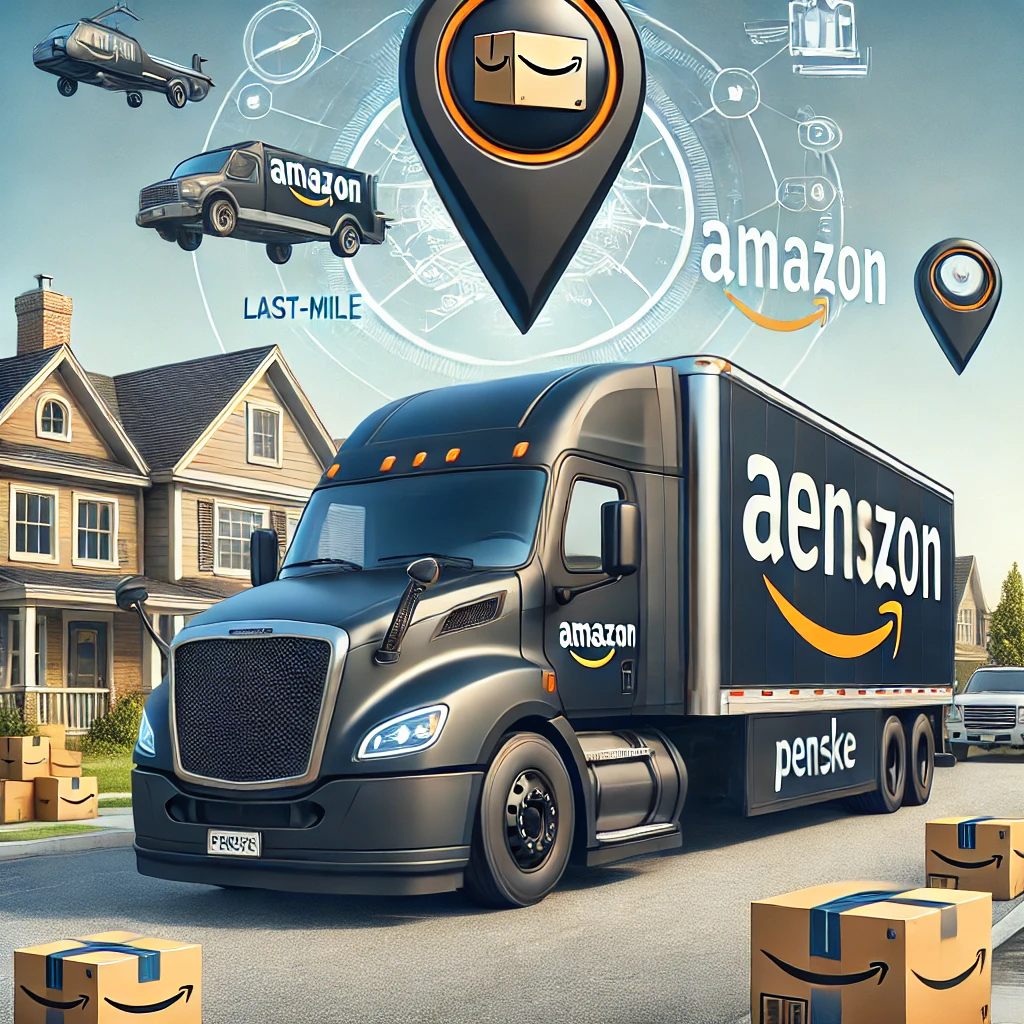
Case Studies: Success Stories in Penske-Amazon Delivery
Case Study 1: Urban Delivery Optimization
- Location: Seattle, Washington
- Challenge: Navigating dense urban areas with limited parking
- Solution: Deployed a fleet of Penske cargo vans with advanced GPS and real-time routing
- Result: 20% increase in delivery efficiency and 15% reduction in parking violations
Case Study 2: Seasonal Demand Management
- Location: Denver, Colorado
- Challenge: Managing extreme fluctuations between regular and holiday season demand
- Solution: Implemented a flex-fleet model with short-term rentals during peak periods
- Result: 30% cost savings compared to maintaining a year-round large fleet, with 100% fulfillment of holiday demand
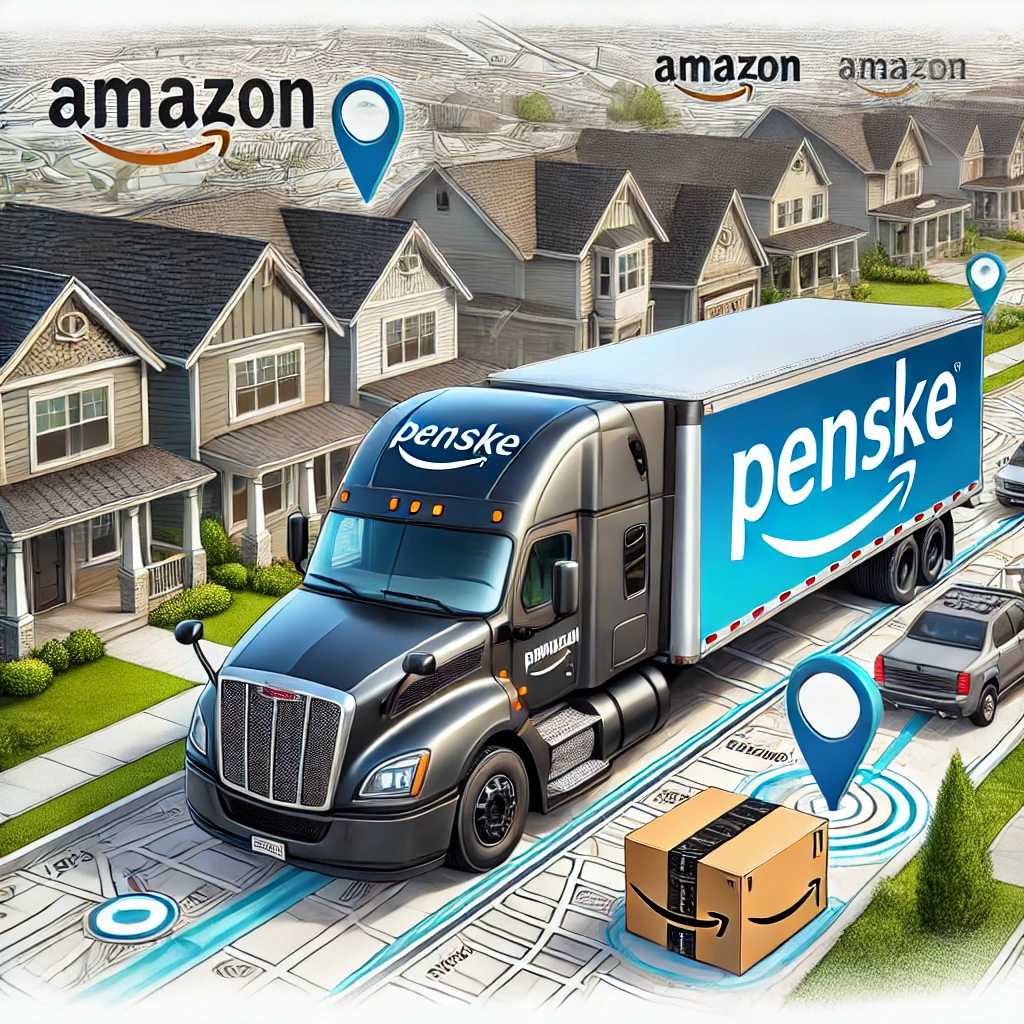
Best Practices for Amazon DSPs Using Penske Trucks
- Regular Driver Training: Conduct ongoing training sessions on vehicle operation and delivery efficiency.
- Data-Driven Fleet Management: Utilize analytics to optimize your mix of vehicle sizes and rental durations.
- Proactive Maintenance: Adhere to Penske’s maintenance schedules to prevent costly breakdowns.
- Efficient Loading Strategies: Develop and refine loading protocols to maximize space utilization and delivery speed.
- Feedback Loop: Establish a system for drivers to report vehicle issues or suggest improvements.
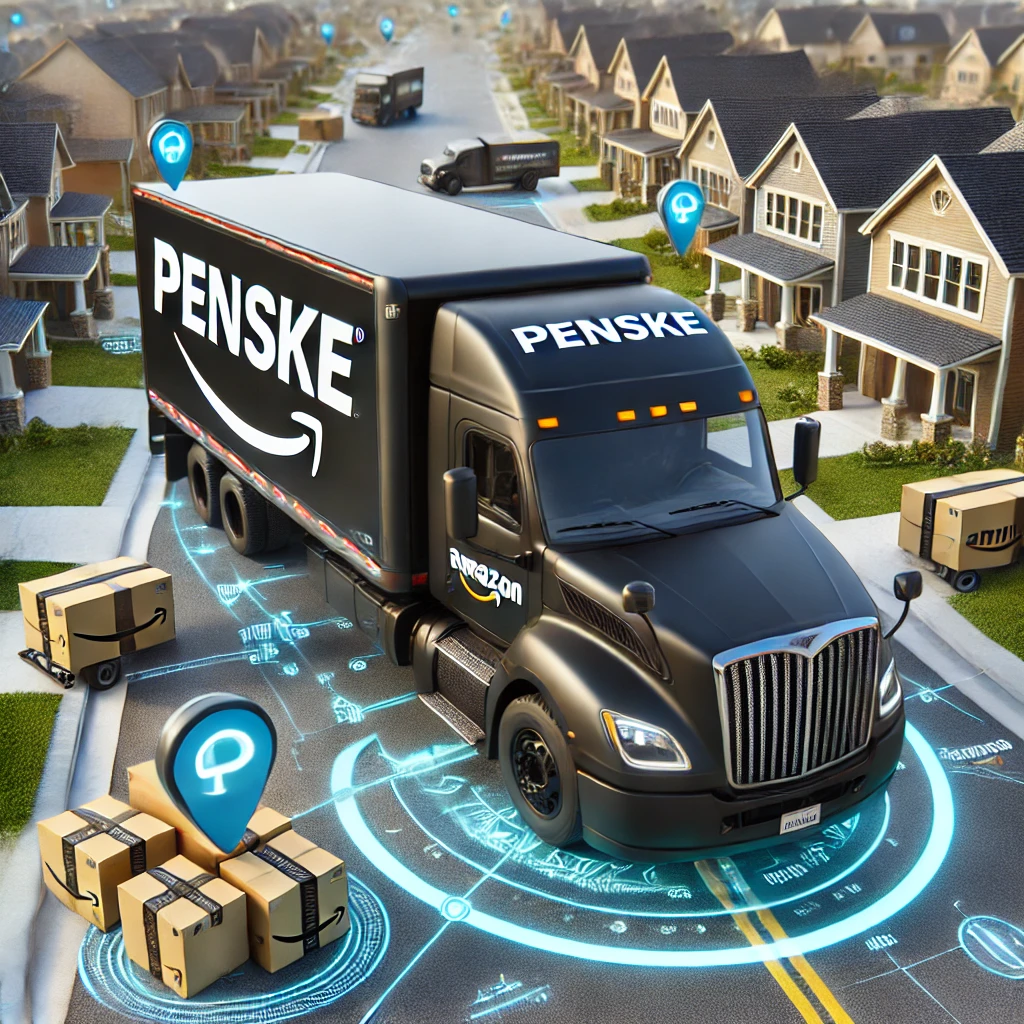
Conclusion
The partnership between Penske Truck Rental and Amazon represents a significant advancement in last-mile delivery optimization. By providing flexible, reliable, and efficient vehicle solutions, this collaboration is helping to meet the ever-increasing demands of e-commerce logistics. For Amazon Delivery Service Partners, leveraging Penske’s fleet offers a pathway to scalability, efficiency, and improved customer service.
As the e-commerce landscape continues to evolve, the importance of optimized last-mile delivery cannot be overstated. The Penske-Amazon partnership demonstrates how strategic collaborations between logistics experts and e-commerce giants can drive innovation and efficiency in the delivery sector.
For businesses involved in or considering entering the Amazon delivery ecosystem, understanding and utilizing the benefits of the Penske truck rental program can be a game-changer. It offers the flexibility and reliability needed to thrive in the competitive world of e-commerce delivery.
While Penske and Amazon provide the vehicles and the delivery network, effectively managing these resources requires sophisticated logistics software. This is where solutions like those offered by Linbis can play a crucial role. Linbis specializes in developing custom logistics software that can help Amazon DSPs and other delivery businesses optimize their operations. From route planning and load optimization to driver management and performance analytics, Linbis’s software solutions can integrate with Penske’s fleet management systems and Amazon’s delivery protocols to create a seamless, efficient delivery operation. By combining the right vehicles from Penske, the vast network of Amazon, and the advanced software capabilities of Linbis, delivery businesses can position themselves at the forefront of last-mile logistics efficiency.
